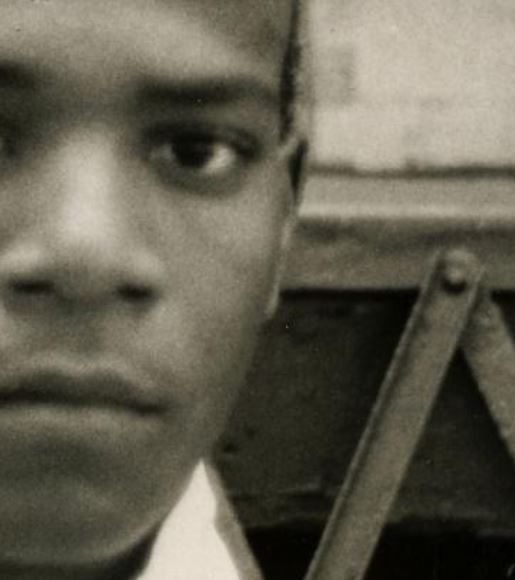At the Edinburgh Filmhouse from Wed 25 Jul
This film’s title is a little misleading. The central protagonist in Boom for Real is not actually Jean-Michel Basquiat, but, in fact, New York City in the 1970s. Those looking for a detailed biography of the iconic artist will be left cold by Driver’s documentary, as Basquiat seems to haunt the the film rather than star in it, his presence somehow at once ubiquitous and elusive – much like his stealthy activity as a prolific graffiti artist in the same period.
The film opens with old footage of New York at a time of economic crisis. Dilapidated and blighted by poverty and crime, the city nurtured the nihilism of the emergent “no future” punk generation and became the setting for an era of significant artistic innovation. While traditional hierarchies were breaking down, urban and African American culture began to infiltrate and subvert the art world, which had been profoundly privileged, white, exclusive and seemingly impenetrable.
As a snapshot of a moment in cultural history, this documentary is diverting, engaging and informative. The scene it depicts is fascinating and transformative, populated by an array of influential characters, such as Andy Warhol, Jim Jarmusch, Fab Five Freddy, David Byrne, Keith Haring and Lee Quinones. These artists were responding to a challenging political and socio-economic climate. A comparison is drawn in the film between this group and the Italian futurists of the early 20th century.
The densely populated nature of the scene is conveyed in the film via the dizzyingly vast number of talking heads, all of whom are eager to emphasise their personal connection to Basquiat, and therefore their own central position in this movement. There are so many of them, and the pace of the film is so fast, that it can be quite tricky to keep track of who they all are and what their individual significance is. Without extensive background knowledge, the festival of name-dropping can, at times, feel a bit uncomfortably “hipster” – kind of like you’re watching an episode of Nathan Barley set in 1970s New York.
It is unfortunate that Boom for Real fails to convey a convincing enough sense of Basquiat’s artistic genius and unique vision. He is presented more as a charismatic personality than as an artist. His artistic brilliance is blindly asserted – more than one comparison to Leonardo da Vinci is made – but due to the lack of focus on his formative experiences, preoccupations and influences, or on his output, these assertions are not satisfactorily justified or illustrated by the film. There’s a brief caption at the end reminding us that Basquiat is widely considered one of the most important artists of the 20th century, followed by a very short montage of some of his artwork. This feels too meagre, almost like a side note, and it fails to emphasise what it is about his work that makes it so impressive and interesting. Namely, this includes his ability to transform deeply complex and nuanced historical and political concepts into apparently simple, stark and confrontational visuals, his capacity for what Marc Mayer has called “calculated incoherence”, and his ability to communicate “mystery within familiarity”. The film assumes you already know all about that.
It’s possible that the film’s frenetic pace and evasion of its supposed objective is an attempt to capture and recreate, in cinematic form, Basquiat’s artistic style. As a snapshot of a time and place, it is a roundly successful film. Those seeking a more detailed portrait of Basquiat should look elsewhere – Julian Schnabel‘s similarly star-studded 1996 biopic Basquiat might be a preferable starting point.
